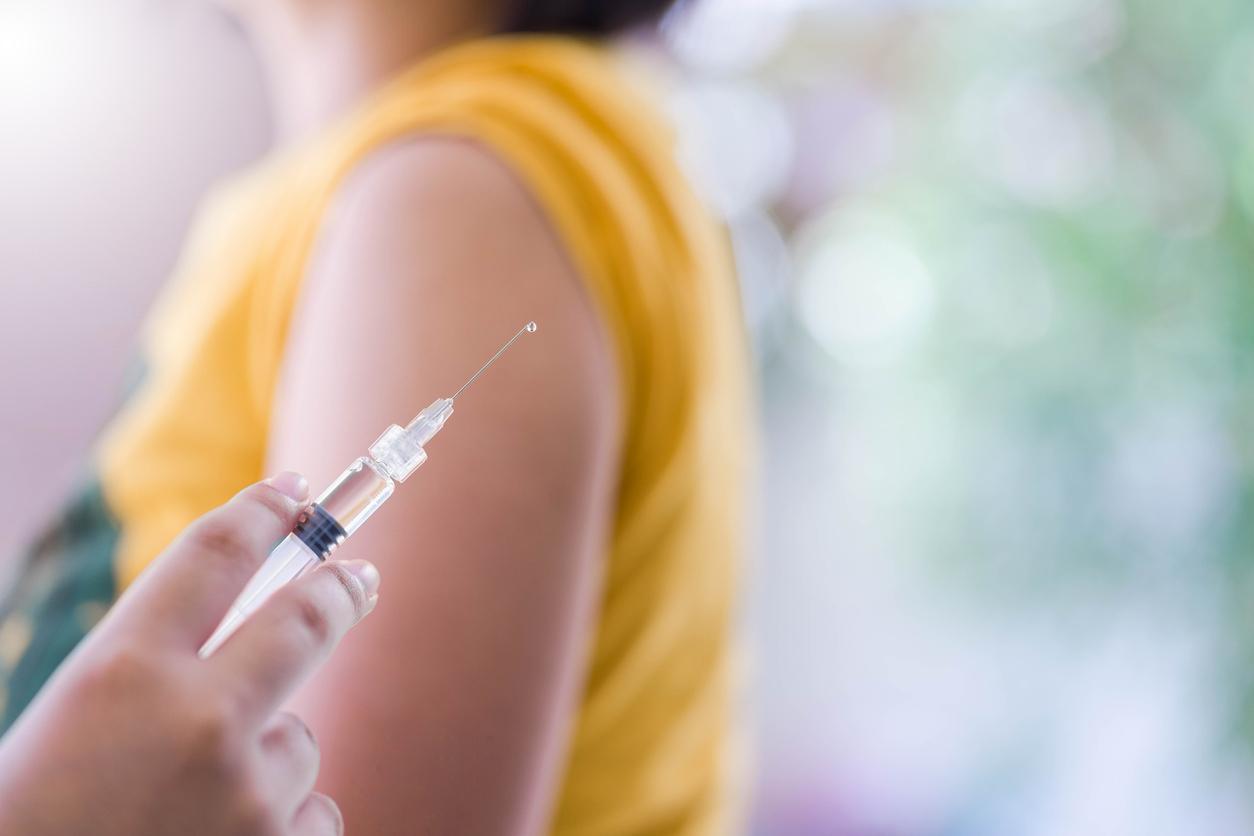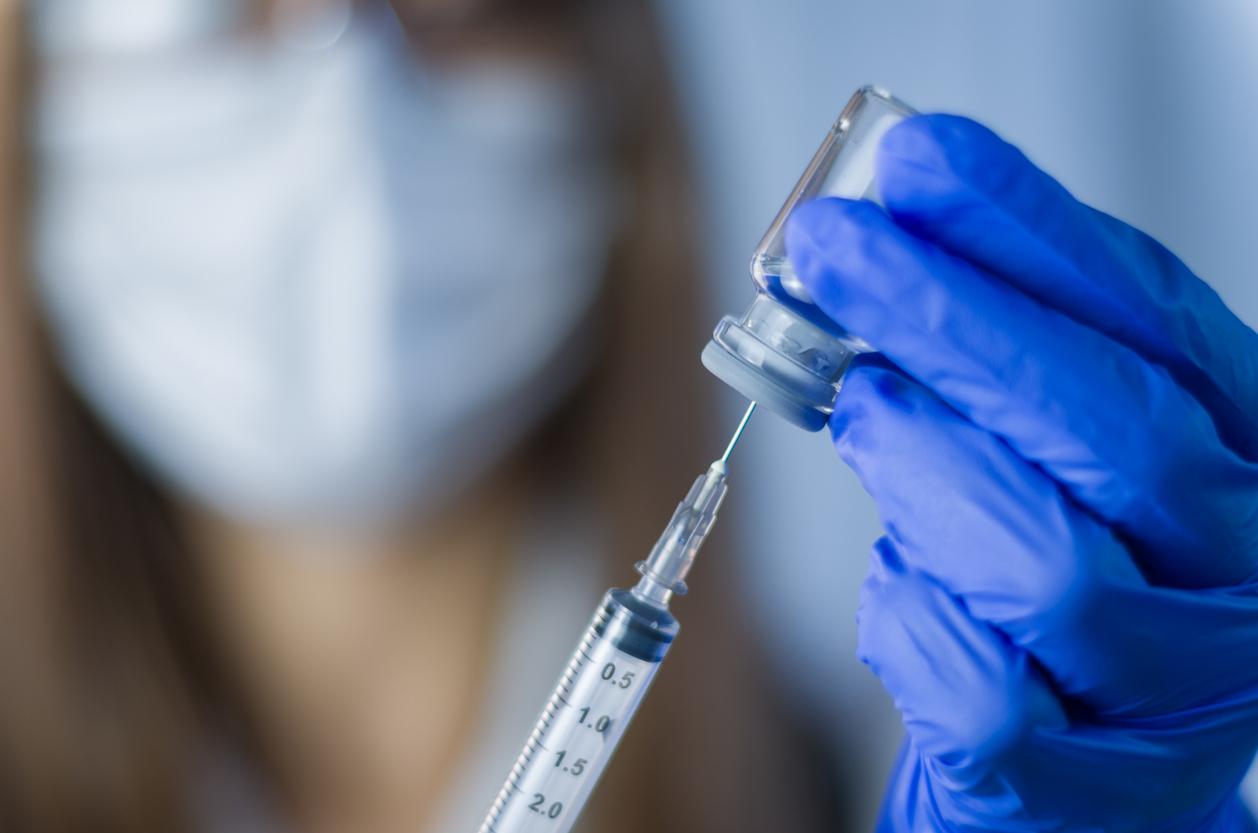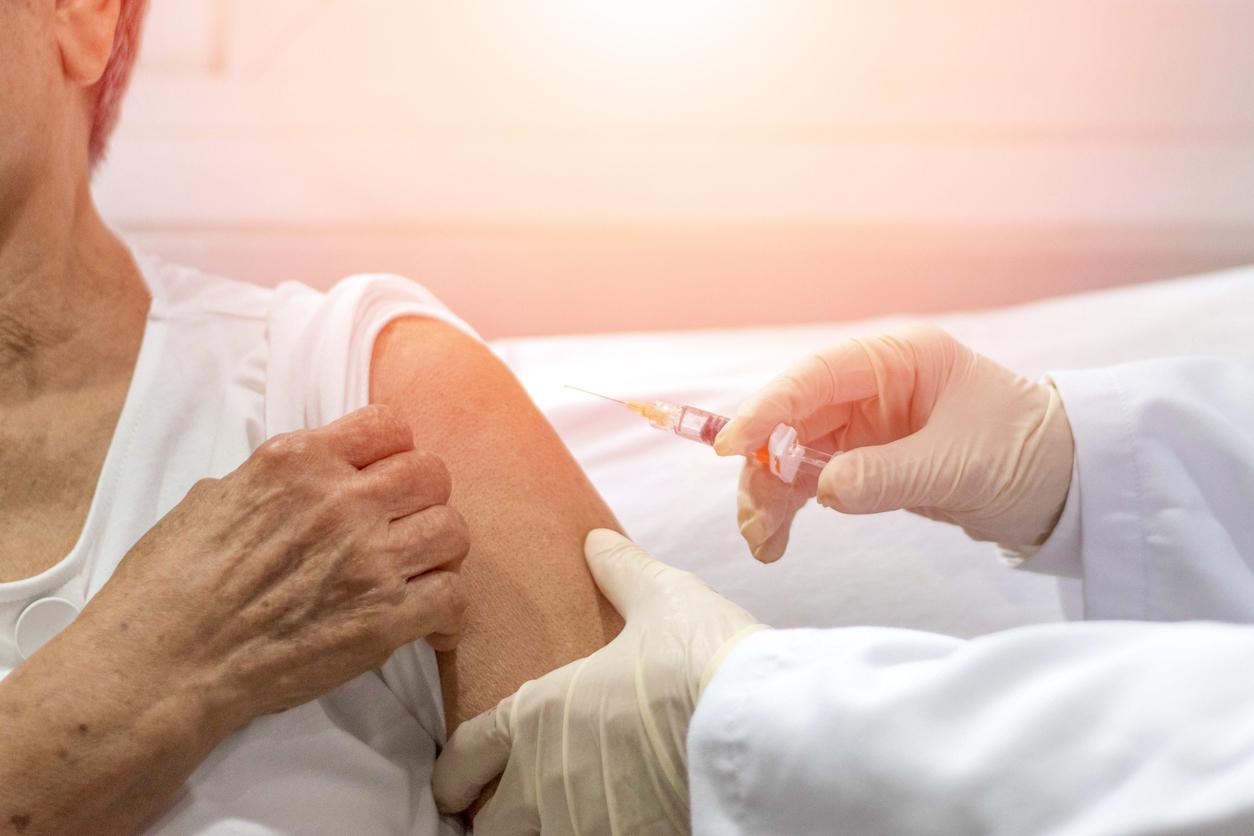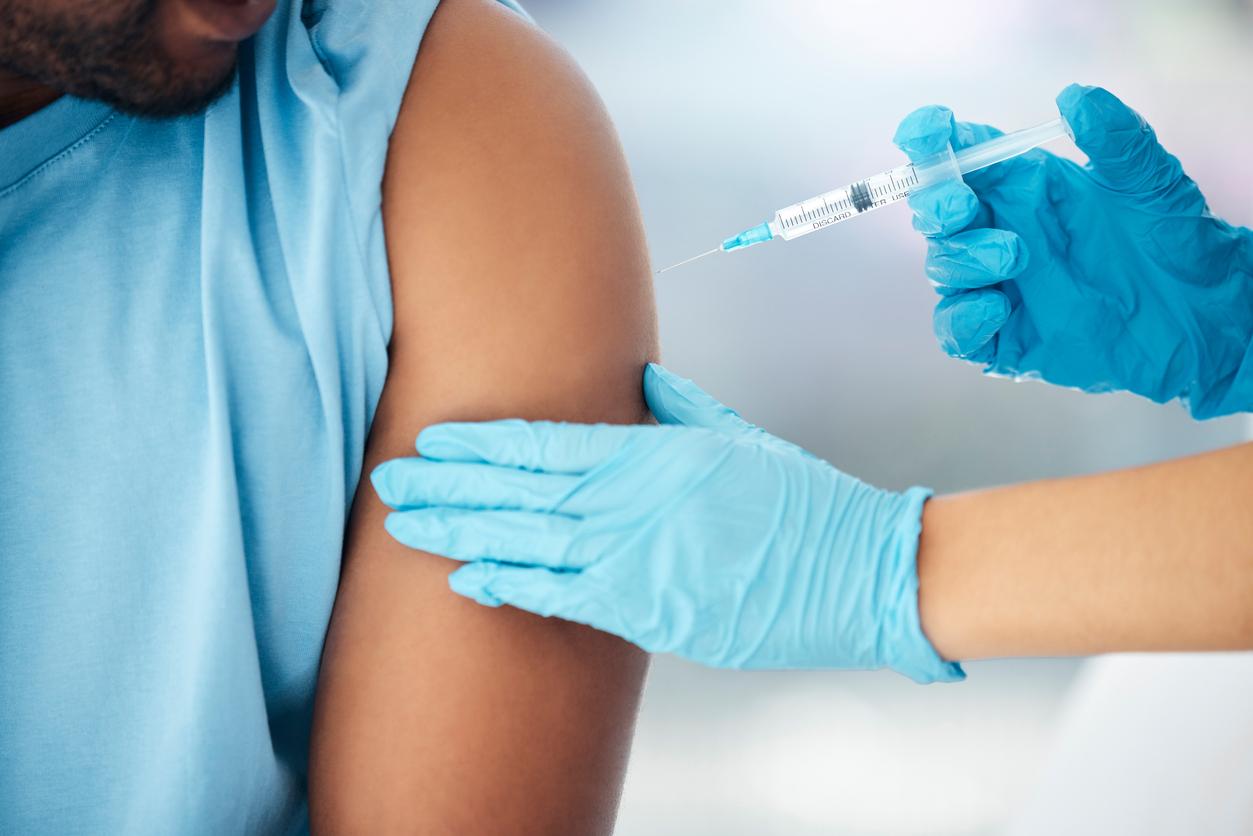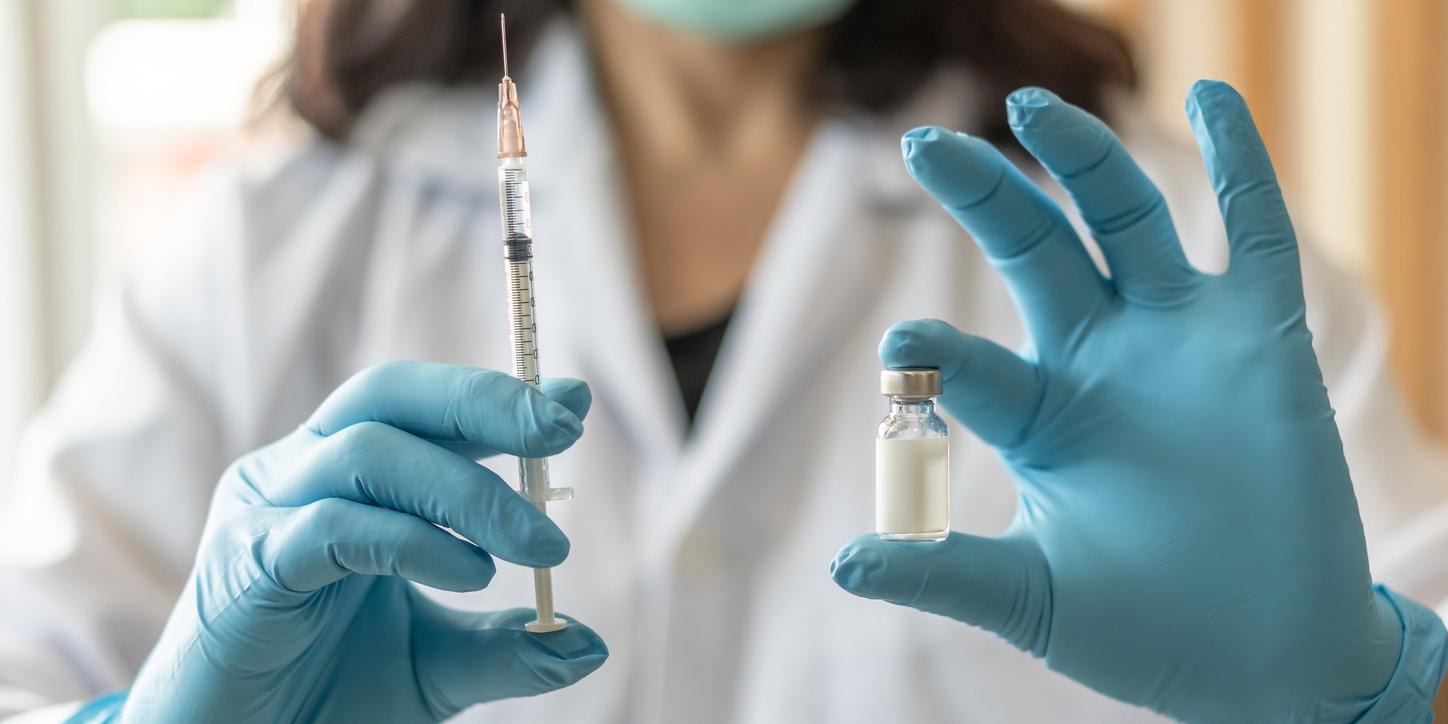Good news for syringe phobics, it could be that within five years you will be offered another method of vaccination than subcutaneous injections. Australian researcher Mark Kendall from the University of Queensland presented a Nanopatch capable of replacing conventional intramuscular syringes.
He explained his prototype at the TEDGlobal conference in Edinburgh, Scotland: over an area of 1 cm2 are distributed “nearly 4000 micro-projections” capable of penetrating “the outer layer of the skin” painlessly. This vaccination patch has multiple advantages over the syringe, which could facilitate access to vaccination for populations in poor countries, according to its founder.
A vaccination patch more accessible for developing countries
The main advantage is to avoid the risk of contamination of certain viruses linked to injections by syringes. 1.3 million injections out of the 16 million made in the world would lead to death according to the World Health Organization.
Unlike the syringe, the patch delivers the vaccine directly into the cells of the skin’s immune system, saving product compared to a syringe that injects the liquid first into the muscle. The patch will be able to administer an amount of vaccine nearly “100 times less” than the syringes.
More economical, the patch will also be less expensive, “ten cents in patch” against 10 dollars in injection, “a considerable difference in developing countries”, welcomes Mark Kendall.
Finally, while conventional vaccines must remain cold, this dry version of the patch vaccine can be stored at 23 degrees “for more than a year without any loss of effectiveness,” predicts the researcher.
This miraculous patch would have given convincing results on animals for the human papillomavirus, influenza, the chikungunya, West Nile virus, herpes and malaria. It remains to be marketed, which should take 5 to 15 years, according to the calculations of its inventor.









